The biggest region in Portugal will surely amaze you with its beauty. To visit Alentejo is to discover a region full of history, amazing landscapes, a shore with 170 km of beautiful beaches; it’s a place where you can sunbathe and go for a stroll on one of the most beautiful walking routes in Portugal.
In this article I’m going to show you the 10 places you can’t miss when you visit Alentejo. I fell in love with this region and believe me, so will you!
1. Castelo de Vide
Sommaire
Disclosure: This post may contain affiliate links, meaning i get a commission if you decide to make a purchase through my links, at no cost to you. Please read my disclosure for more info.
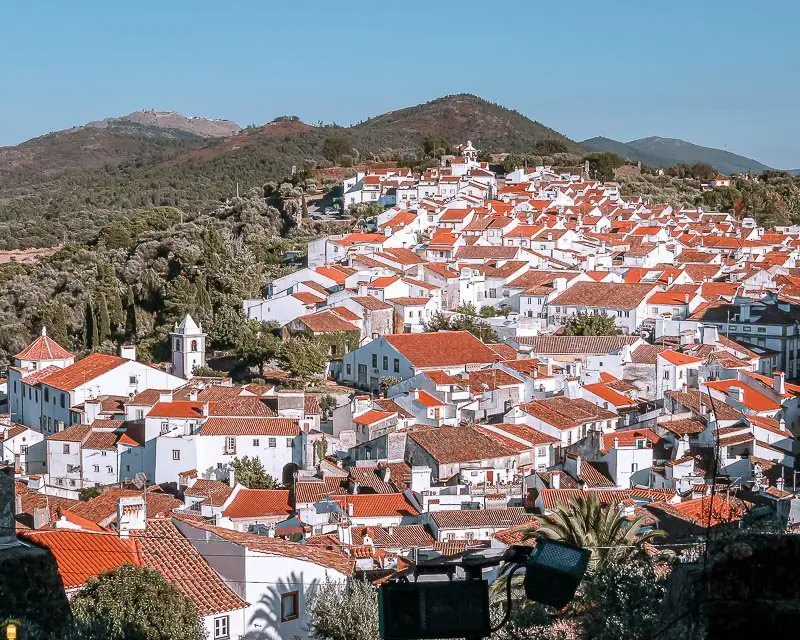
Castelo de Vide, also known as the “Sintra of Alentejo” is one of the most romantic places in this region. It’s a fortified village that underwent several raids in the Middle Ages because of its proximity with Spain (15 km).
During your visit, take the opportunity to lose yourself in the alleys near Praça Dom Pedro V. Next, you should take some time discovering the Jewish quarter (Judiaria) and then you should end your stroll in the castle and its surroundings with lovely houses decorated with beautiful flowers.




2. Marvão


Located at an altitude of 860 metres, on top of the hills of Sapoio, Marvão is one of the most beautiful fortified villages in Portugal.
As Castelo de Vide, Marvão was also a theatre of war for many battles – the first one was the battle to conquer territory from the Moors in the 12th century by the first Portuguese king, D. Afonso Henriques. After that, this territory was disputed for centuries by both the Portuguese and the Spanish.
The moment you visit Marvão you’ll be amazed with such beauty, with its alleys and the houses painted in white giving the village a unique style; from the castle you can enjoy an amazing view over Castelo de Vide, Serra de São Mamede Nature Park and over the Spanish city of Valencia de Alcántara.


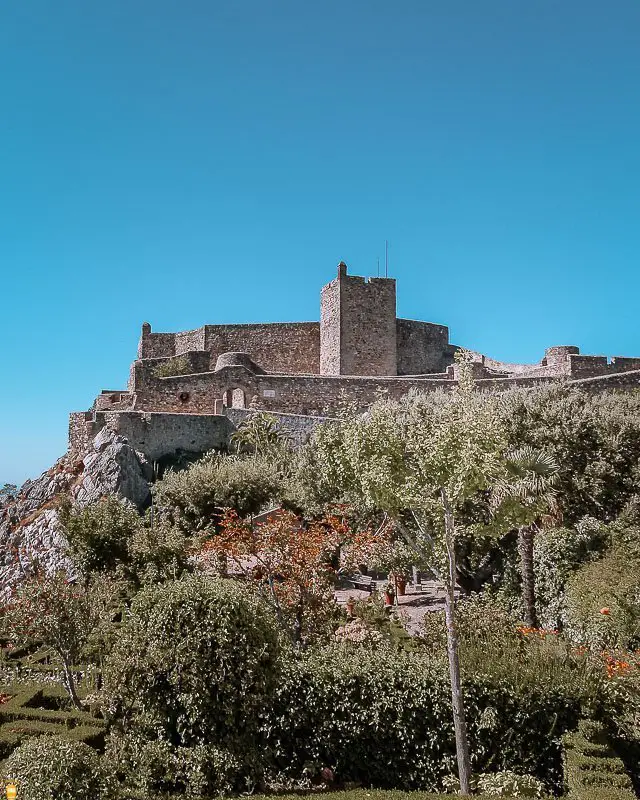
3. Elvas


UNESCO classified Elvas as World Heritage in 2012 and it is, in my opinion, one of the most beautiful cities in Portugal. The city was fortified in the 17th century, during the Portuguese restoration of independence, to prevent raids from their neighbours, the Spanish.
To endure a long siege and provide the city with water, the state ordered the construction of an aqueduct with 843 arches and 7 km long; this aqueduct was designed by the same architect that designed the beautiful Torre de Belém in Lisbon, in the 16th century.


During your visit, you should discover the old part of town, located around the castle (you can leave your car here). Go downwards through the alleys until you get to the square Praça da República. Here, you can visit the old cathedral (Igreja de Nossa Senhora da Assunção).





After visiting the historic centre, inside the ramparts, discover the magnificent Fort of Nossa Senhora da Graça, 4 km away; you can also admire the majestic Amoreira aqueduct on your way to the fort.


If you want to know more, read my article about Elvas, the biggest fortified city in Portugal and Europe.
4. Vila Viçosa

The “princess of Alentejo” became a museum village in 1910 with the proclamation of the first Portuguese republic and the end of monarchy.
After the Romans and the Moors until 1217, Vila Viçosa became one of the most important Portuguese villages. This happened after 1461 with the arrival of the Dukes of Bragança, the most powerful noble family after the royal family.
Vila Viçosa is also known worldwide because of its marble extracted from quarries located in this region.
During your visit you must go to the magnificent Ducal Palace, former residence of the Dukes of Bragança; the castle of Vila Viçosa, built in the 13th century, is another stop you can’t forget; finally, you should also visit the shrine of Nossa Senhora da Conceição and the beautiful church of São João Evangelista.
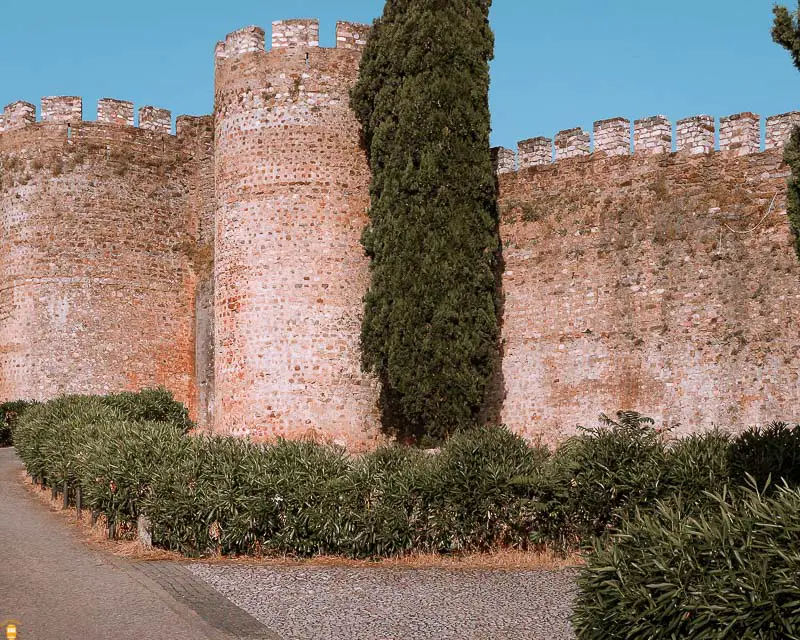



5. Terena

The beautiful and charming small village of Terena had an important role in the defense of the Portuguese border thanks to its 13th century castle.
Aside from visiting the castle, you should also stroll through the small picturesque streets to discover the typical Alentejo houses.




6. Monsaraz

Located on the top of a hill, Monsaraz is one of the most beautiful villages in Portugal. Aside from having the possibility of enjoying a marvelous view over the valley and the Alqueva lake, one of the biggest artificial lakes in Europe, you can also stroll through the beautiful streets and admire the typical white houses.
Monsaraz belonged to the Moors since the 8th century and was conquered in 1232 by king D. Sancho II, becoming completely Portuguese in 1640 when it was fortified.







7. Évora

UNESCO World Heritage since 1986, Évora is also known as the “museum-city” because of its monuments, some of them dating from the time of the Romans.
This city knew several lives – it was Roman until the 5th century, belonged to the Visigoths until the 8th century, then it belonged to the Moors for four centuries and, finally, to the Portuguese since 1165.
If you want to know more, please read my itinerary of 1 day in Évora and find the places you can’t miss – you won’t regret it!
8. Viana do Alentejo
A village since the 14th century, Viana do Alentejo is halfway between the Atlantic Ocean and Spain.
Here, you’ll find a colourful village with white houses with traces of yellow as well; you can admire the pentagonal castle with round towers, several churches (the most beautiful is inside the castle), amazing fountains and a unique shrine, like few in Portugal – the shrine of Nossa Senhora d’Aires.
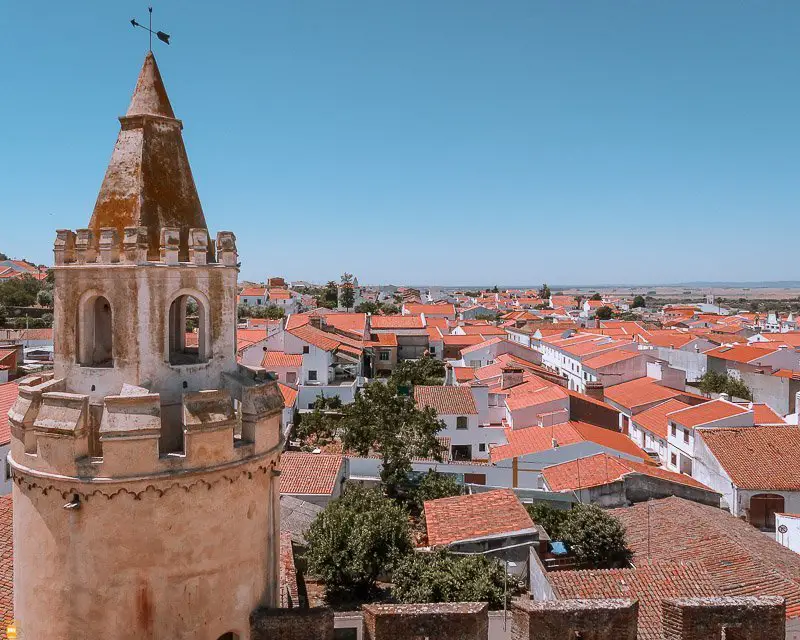





If you’re thinking of visiting Viana do Alentejo on the fourth weekend of April, know that it is possible for you to watch the huge horse pilgrimage leaving from the village of Moita do Ribatejo towards the shrine of Nossa Senhora d’Aires (120 km).

9. Badoca Safari Park

Created in 1999, Badoca Safari Park is a 90-hectare park where you can admire animals as if you were in Africa. This is one of the few places in the world (outside Africa) where people can go on a safari. In this 45-minute experience you can gaze at more than 250 animals in total freedom.









Aside from the safari you can also see the primates’ isle, exotic birds and enjoy a show of birds of prey.
- Site: https://badoca.com
- GPS: 38°02’39.7″N 8°44’20.9″W

10. Rota Vicentina (Vicentina Walking Route)

You can’t leave Alentejo without going for a stroll on one of the walking routes of Rota Vicentina, a network of trails totalling 400 km walking distance.
Rota Vicentina is part of the Southwest Alentejo and Costa Vicentina Nature Park and is divided into 3 parts: the Historical Way, the Fishermen’s Trail and the Circular Routes.
The Historical Way begins in Santiago do Cacém and extends to Cape St. Vincent in Algarve (230 km) through rural paths, towns and villages with centuries of history.
This Historical Way is divided into 12 stages of 12 to 25 km (the best way to complete this trail is to do one stage per day). Here, you’ll pass through forests, hills, valleys and rivers and the advantage is that you can do this on foot or on a mountain bike.
Unlike the Historical Way, the Fishermen’s Trail is a 120 km route that goes along some cliffs with the sea as background. You’ll find some sand trails that people use to access the beach and fishing sites.
The Fishermen’s Trail is divided into 4 stages and 5 additional circuits of 6 to 22 km – you’ll be constantly feeling the sea breeze and can admire magnificent landscapes and the different fauna and flora.
The Circular Routes (begin and end in the same place) are perfect for those who want to experience the wonders of Rota Vicentina without having to walk several kilometres.
Rota Vicentina has 5 Circular Routes of 3.5 to 13 km that will be enough for you to admire the beautiful cliffs and landscape, in general, of Alentejo coastline.
During my visit to Southwest Alentejo and Costa Vicentina Nature Park I had the privilege of doing the circular route of the dunes of Almograve (8 km).
Half of this route is made inland which will allow you to admire local life and the other half is on the coastline, along the cliffs and 4 km of the Fishermen’s Trail.

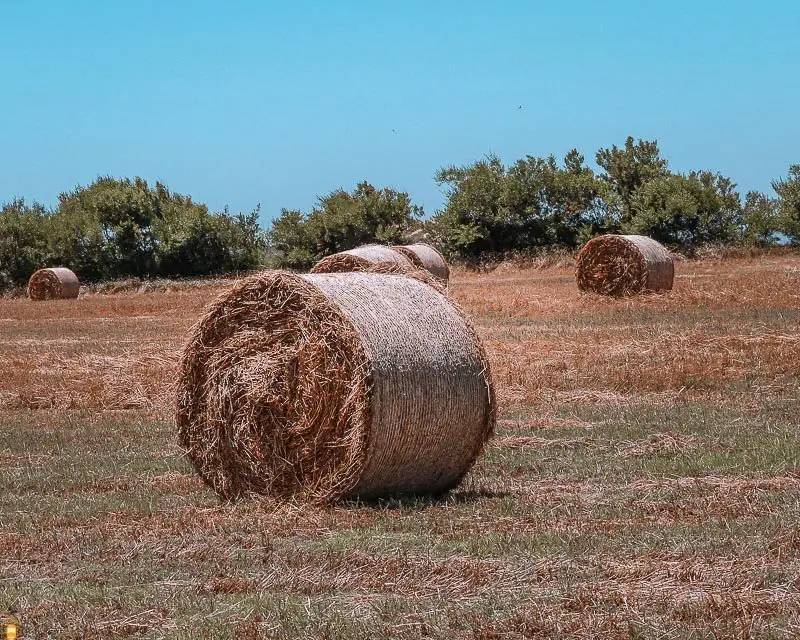



One thing is certain: I’ll return to do another of the walking routes in this magnificent Rota Vicentina.
Information: the best time of the year to discover the beautiful Rota Vicentina is from September to June. July and August are too hot, with temperatures above 30 ºC, so my advise is that you do one of the circular routes in the morning.
If you want to know more information so that you can better prepare yourself when visiting the Southwest Alentejo and Costa Vicentina Nature Park, please visit the Rota Vicentina site.
As you could see, there is no mention to any beaches here but you can read my article if you want to discover the top 10 of the best beaches in Alentejo.
Are you going to visit Alentejo? Then don’t hesitate to book your hotel room, your car or the best activities by clicking the links below. This way you are helping me in the development of my blog and I’ll be able to offer you free tips and travel guides so that you can better prepare your visit to Portugal. Thank you!

